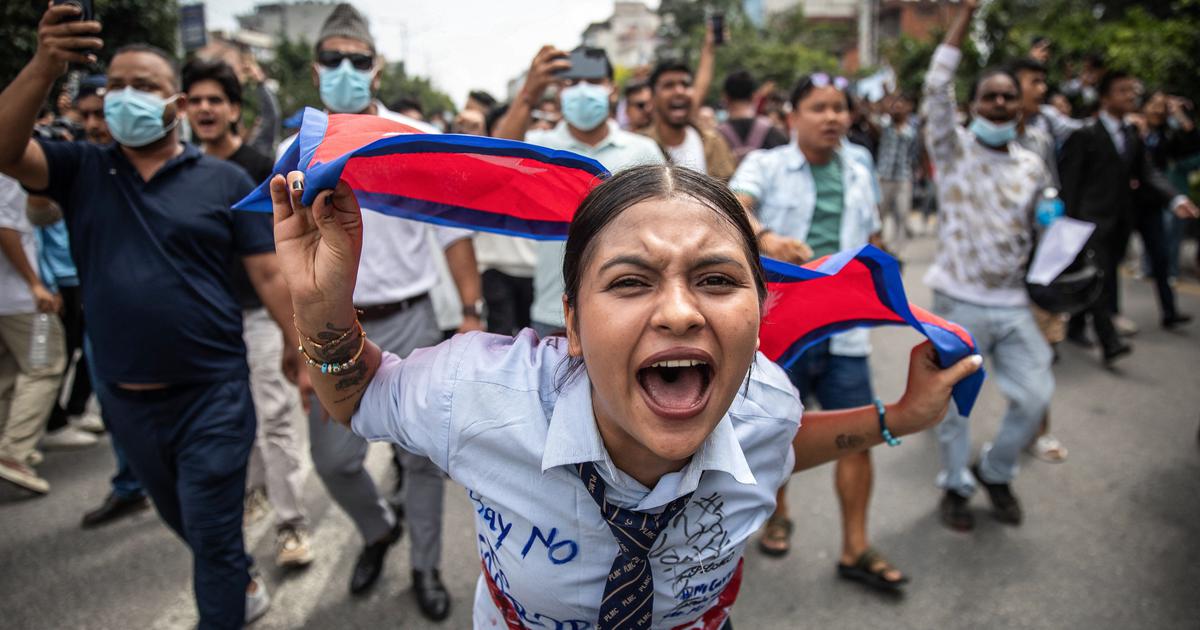
News
October 04, 2025
South Asia’s ‘Arab Spring’ comparison is misleading but there is a lesson for India here
It is less about a shared regional revolution than about the impatience of citizens, especially young citizens, and the challenge of what comes after.
**South Asia's 'Arab Spring' Comparison is Misleading, But There is a Lesson for India Here**
Recent political upheavals and widespread protests across South Asia have prompted some observers to draw parallels with the Arab Spring uprisings of the early 2010s. While the comparison might seem tempting on the surface, particularly given the shared element of citizen discontent, experts caution against a simplistic equivalence. It's less about a synchronized regional revolution sweeping through the subcontinent, and more about something far more nuanced: the growing impatience of citizens, especially the burgeoning youth population, and the complex challenge of building a stable and prosperous future after periods of intense social and political change.
The Arab Spring, characterized by demands for democratic reforms and an end to authoritarian rule, ultimately resulted in a mixed bag of outcomes, ranging from civil wars and political instability to fragile transitions and, in some cases, a return to authoritarianism. Applying this framework directly to South Asia risks overlooking the distinct historical, social, and political contexts of each nation within the region. Each country faces its own unique set of challenges, driven by specific local grievances and power dynamics.
However, the underlying thread of citizen impatience, particularly among young people, offers a crucial lesson for India. A significant portion of the Indian population is under the age of 30, a demographic brimming with aspirations for economic opportunity, social justice, and effective governance. Ignoring these aspirations or failing to address their concerns could lead to widespread frustration and potential instability.
The key takeaway is not to fear a South Asian "Arab Spring," but rather to understand the deeper message embedded within these regional movements. It’s a message about the urgent need for responsive governance, inclusive economic policies, and a commitment to addressing the grievances of ordinary citizens, especially the young. The challenge for India, and other South Asian nations, lies not just in managing dissent, but in proactively creating a future where the aspirations of its citizens are met, and their voices are heard, fostering a more stable and equitable society for all. The focus should be on building resilient institutions and ensuring that democratic processes are truly representative and responsive to the needs of the population.
Recent political upheavals and widespread protests across South Asia have prompted some observers to draw parallels with the Arab Spring uprisings of the early 2010s. While the comparison might seem tempting on the surface, particularly given the shared element of citizen discontent, experts caution against a simplistic equivalence. It's less about a synchronized regional revolution sweeping through the subcontinent, and more about something far more nuanced: the growing impatience of citizens, especially the burgeoning youth population, and the complex challenge of building a stable and prosperous future after periods of intense social and political change.
The Arab Spring, characterized by demands for democratic reforms and an end to authoritarian rule, ultimately resulted in a mixed bag of outcomes, ranging from civil wars and political instability to fragile transitions and, in some cases, a return to authoritarianism. Applying this framework directly to South Asia risks overlooking the distinct historical, social, and political contexts of each nation within the region. Each country faces its own unique set of challenges, driven by specific local grievances and power dynamics.
However, the underlying thread of citizen impatience, particularly among young people, offers a crucial lesson for India. A significant portion of the Indian population is under the age of 30, a demographic brimming with aspirations for economic opportunity, social justice, and effective governance. Ignoring these aspirations or failing to address their concerns could lead to widespread frustration and potential instability.
The key takeaway is not to fear a South Asian "Arab Spring," but rather to understand the deeper message embedded within these regional movements. It’s a message about the urgent need for responsive governance, inclusive economic policies, and a commitment to addressing the grievances of ordinary citizens, especially the young. The challenge for India, and other South Asian nations, lies not just in managing dissent, but in proactively creating a future where the aspirations of its citizens are met, and their voices are heard, fostering a more stable and equitable society for all. The focus should be on building resilient institutions and ensuring that democratic processes are truly representative and responsive to the needs of the population.
Category:
Politics